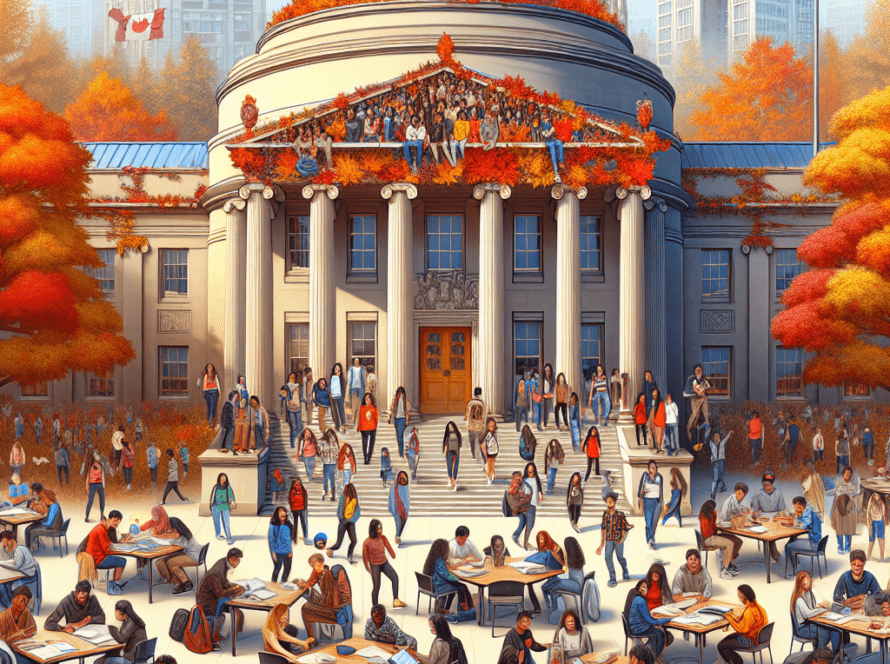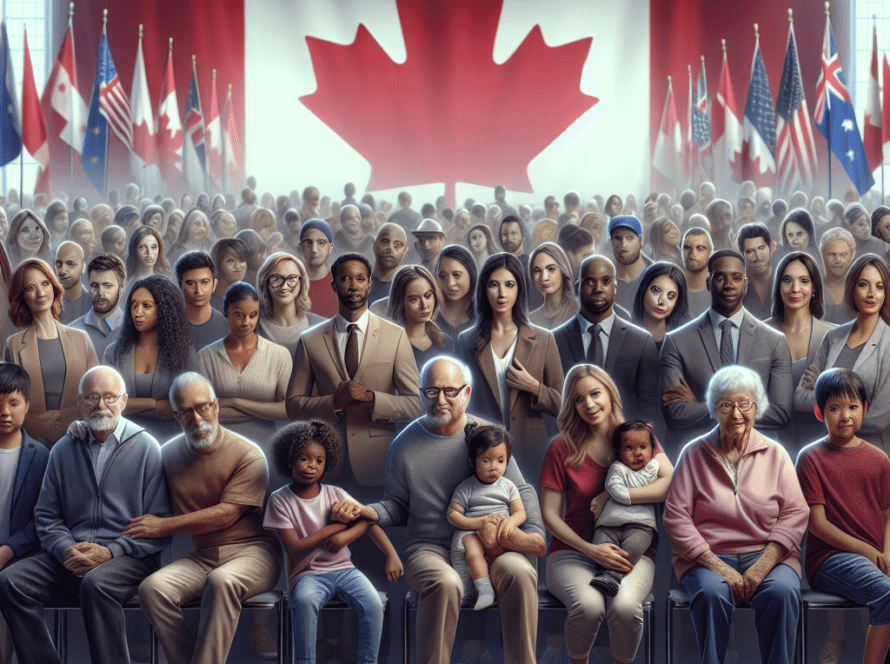UK Immigration Changes Ignite Debate: Will Canada Follow Suit?

Canada’s Immigration Landscape: What the UK’s New Reforms Could Mean for Ottawa
On May 12, 2025, the UK government unveiled a series of stringent immigration reforms aimed at tightening its immigration framework. These changes, driven by Prime Minister Sir Keir Starmer’s desire to exert greater control over migration, affect all visa streams—from skilled workers to asylum seekers and international students. In parallel, Canada’s new Prime Minister Mark Carney is grappling with public pressure to manage immigration sustainably amidst rising economic challenges and housing crises.
While Canada has yet to announce specific reforms, the timing of Carney’s high-level discussions with Starmer raises questions about whether Canada will follow the UK’s lead. Given the similarities in the challenges both nations face, it’s crucial to examine the implications of the UK’s reforms for Canada and explore potential policy shifts.
Key Takeaways from the UK’s Reforms
-
Raising Standards for Skilled Immigration:
The UK has implemented degree-level qualifications as a requirement for skilled worker visas. Canada might consider increasing the Comprehensive Ranking System (CRS) score thresholds for Express Entry, mandating higher educational qualifications for certain streams, and aligning with its 2025-2027 talent attraction plans, especially in sectors like healthcare and technology. -
Employer Responsibility:
The UK now mandates employers in key sectors to invest in domestic workforce training. Canada could similarly reform the Temporary Foreign Worker Program (TFWP) to require proof of local training initiatives before hiring foreign talent. -
Stricter International Student Regulations:
The UK has reduced post-study work visa durations and heightened compliance for educational institutions. Canada may follow suit by limiting the duration of Post-Graduation Work Permits (PGWP) and increasing scrutiny on the enrollment and graduation rates of institutions. -
Enhanced Language Requirements:
The UK is raising English proficiency standards for skilled migrants and their dependents. Canada might consider higher Canadian Language Benchmark (CLB) levels for economic immigration and introduce basic language requirements for family members accompanying applicants. -
Addressing the Refugee Backlog:
The UK is streamlining its asylum processes and expediting deportations. Canada could adopt a "last-in, first-out" processing model for asylum claims and prioritize cases with historically high acceptance rates to tackle its backlog of over 260,000 pending refugee claims. - Attracting Global Talent:
The UK has introduced new visa programs for global experts in critical sectors. Canada, too, could expand its Global Talent Stream and implement fast-track pathways for professionals in emerging fields like artificial intelligence and green energy.
The Canadian Context: Values and Public Sentiment
While Canada may draw inspiration from the UK’s reforms, many of the UK’s strategies conflict with Canadian values of fairness and multiculturalism. For example, the UK’s decision to double the time required for permanent settlement or close specific visa streams starkly contrasts with Canada’s more inclusive approach.
Public sentiment in Canada is shifting, with surveys indicating that 60% of Canadians believe immigration levels are too high, compounded by housing challenges and inflationary pressures. Consequently, Canada’s 2025-2027 Immigration Levels Plan has already seen a reduction in immigration targets, reflecting a more cautious approach.
Navigating the Future of Immigration in Canada
As Canada considers its immigration policies, it faces critical questions:
- Can it maintain a welcoming immigration system while ensuring sustainability?
- How can it balance labor shortages with the capacity to integrate newcomers?
- What strategies can effectively manage refugee backlogs while respecting international obligations?
The evolving relationship between Canada and the UK—highlighted by recent discussions and an upcoming royal visit—may encourage some policy alignment. However, Canada is likely to implement changes that remain true to its unique identity and values.
Conclusion: A Tailored Approach to Immigration Reform
In essence, Canada is poised to learn from the UK’s recent policy shifts while crafting its own path. The upcoming reforms will need to reflect Canada’s economic realities and humanitarian commitments, ensuring that it continues to be recognized as one of the world’s most immigrant-friendly nations.
As we navigate this evolving landscape, one thing remains clear: immigration in Canada is at a crossroads, and the direction it takes will shape not just the economy but the very fabric of Canadian society.



